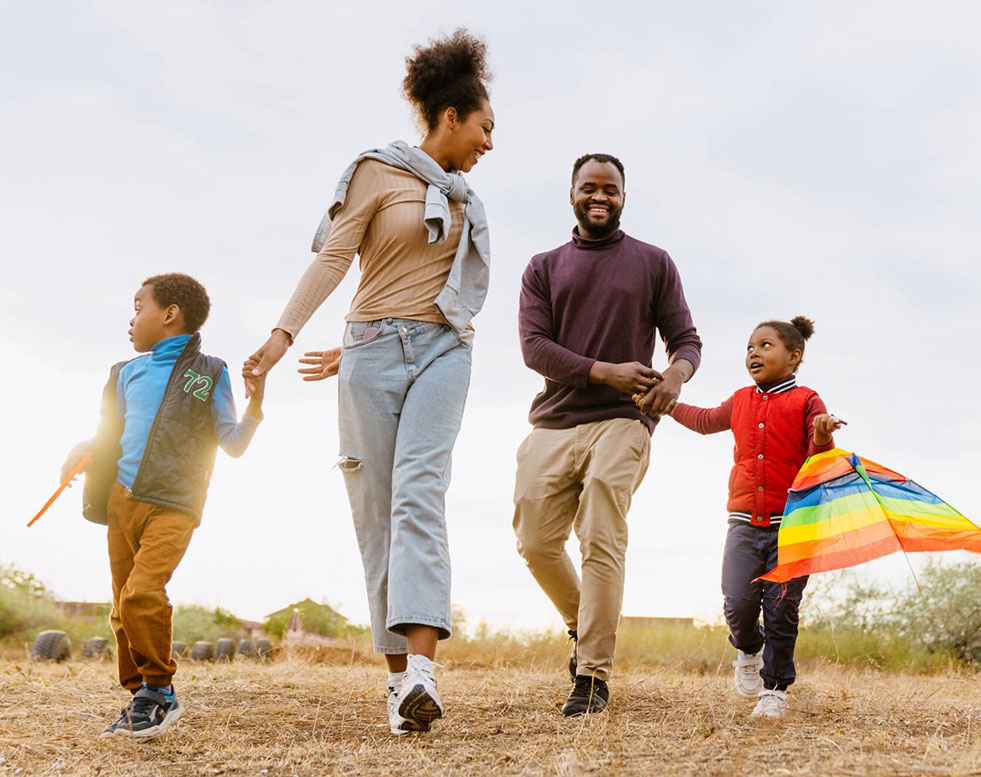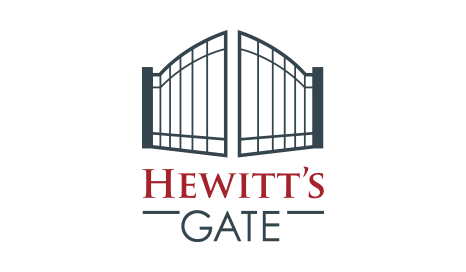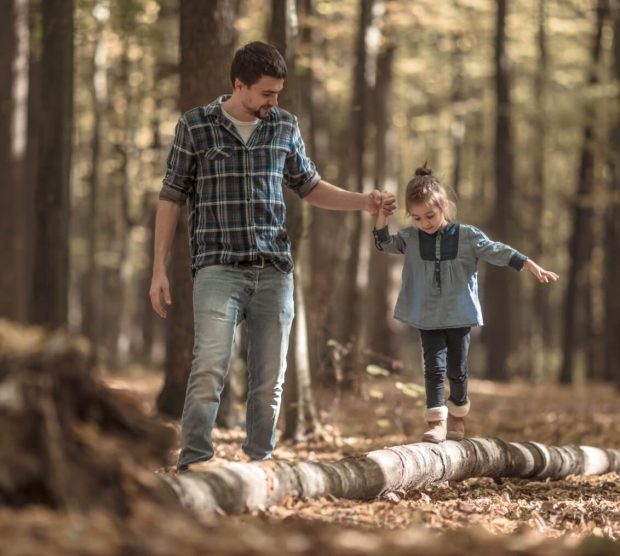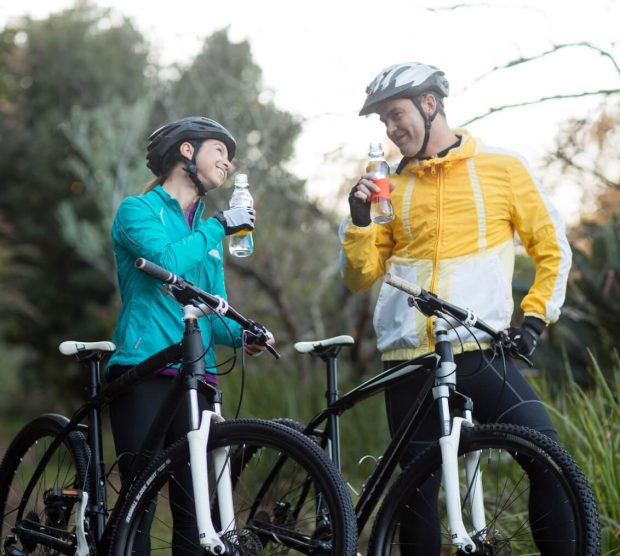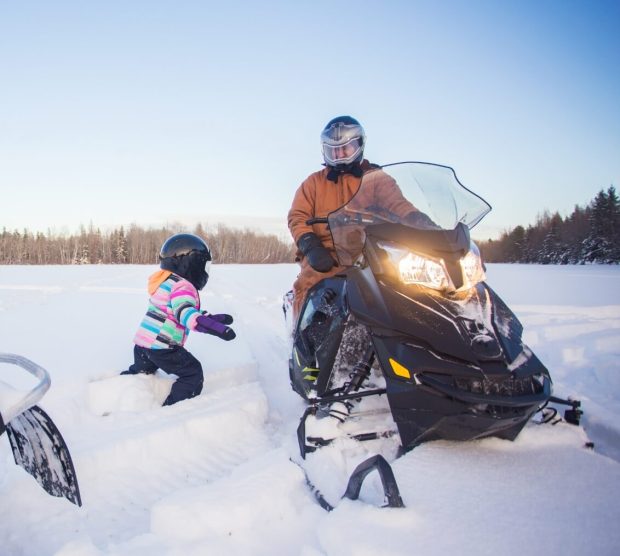 Golfing
Golfing
Golf lovers can enjoy a round nestled amidst Barrie’s natural beauty
Treat yourself to an array of splendid courses, each blending challenging fairways with serene surroundings. Whether you’re a seasoned golfer or a novice looking to refine your skills, Barrie caters to all with its well-maintained greens and diverse layouts. With a blend of leisurely play and breathtaking views, golfing in Barrie becomes a memorable journey, leaving players yearning to return for more swings amidst the stunning Ontario scenery.
 Watersports
Watersports
Natural Splendor Beckons Watersport Enthusiasts to Make Waves
Explore Lake Simcoe's scenic shoreline from the water's edge. Take to the waves with high-speed boat rentals and thrilling jet ski rides, or join exciting fishing charters. Barrie's stunning natural beauty sets the stage for unparalleled aquatic adventures, where jet skiing and leisurely fishing days, along with Splash ON Water Park, Canada’s Biggest and Wildest waterfront attraction, become cherished aspects of life in this picturesque paradise.
 Skiing
Skiing
Skiing enthusiasts can carve their way through Barrie's winter bliss
Experience thrilling downhill skiing in Barrie, Ontario at Snow Valley Ski Resort and Horseshoe Resort. Snow Valley offers 20 runs, snow tubing, and snowshoeing for all skill levels. Nearby, Horseshoe Resort boasts 28 runs, 30 km of cross-country trails, tubing, fat biking, snowshoeing, and ice skating. Whether you're a pro or a novice, Barrie's ski hills promise excitement against a scenic winter backdrop, ensuring unforgettable memories and repeat adventures.
 Trails & Parks
Trails & Parks
Experience Barrie's natural beauty and serenity in its abundant outdoor areas
Discover Barrie's natural treasures as you explore the city's lush parks and scenic trails. Centennial Park, Sunnidale Park Arboretum, Minet's Point Park, and Bear Creek Eco Park offer serene escapes amidst urban life. Immerse yourself in the tranquility of the Barrie Waterfront Heritage Trail, North Shore Trail, and the Trans Canada Trail, each offering a unique hiking experience. Whether you're seeking a peaceful stroll or an adventurous hike, Barrie's parks and trails beckon, providing a natural sanctuary where you can connect with the beauty of the great outdoors.
 Cycling
Cycling
Pedal through Barrie's natural splendor on scenic cycling routes
Cycling enthusiasts, gear up to explore Barrie's natural beauty on two wheels. With dozens of cycling routes and trails to discover, there's something for everyone. Embark on the Heritage Barrie Cycling Tour or soak in art and culture on the Barrie Art Tour by Bike. For off-road thrills, hit the Waterfront Trail, Ardagh Bluffs Trails, or Sunnidale Park trails. Whether you're a road cyclist or a mountain biking adventurer, Barrie's cycling options promise scenic vistas and outdoor bliss that will have you pedaling back for more.
 Snowmobiling
Snowmobiling
Embark on thrilling snowmobiling adventures along Barrie's scenic trails
Discover the thrill of snowmobiling in Barrie, Ontario, where an extensive network of pristine trails welcomes riders of all levels. Navigate these meticulously maintained paths, and fully immerse yourself in the captivating beauty of the region's winter landscape. With every ride, you'll create unforgettable winter memories in this snowy wonderland, savoring the exhilaration and tranquility of Barrie's snowmobiling experience.
 Paddling
Paddling
Paddle your way through Barrie's serene waterscape
Embrace the tranquil waters, as you indulge in canoeing, kayaking, and paddleboarding adventures. The Barrie Canoe and Kayak Club offers a thriving hub for water enthusiasts, providing opportunities to explore the city's scenic waterways and beyond. For paddleboard enthusiasts, Minet's Point offers captivating tours, while Centennial Beach welcomes newcomers with lessons and rentals. Experience Barrie's serene aquatic landscapes and discover why paddle sports are a cherished part of this vibrant community's outdoor lifestyle.
